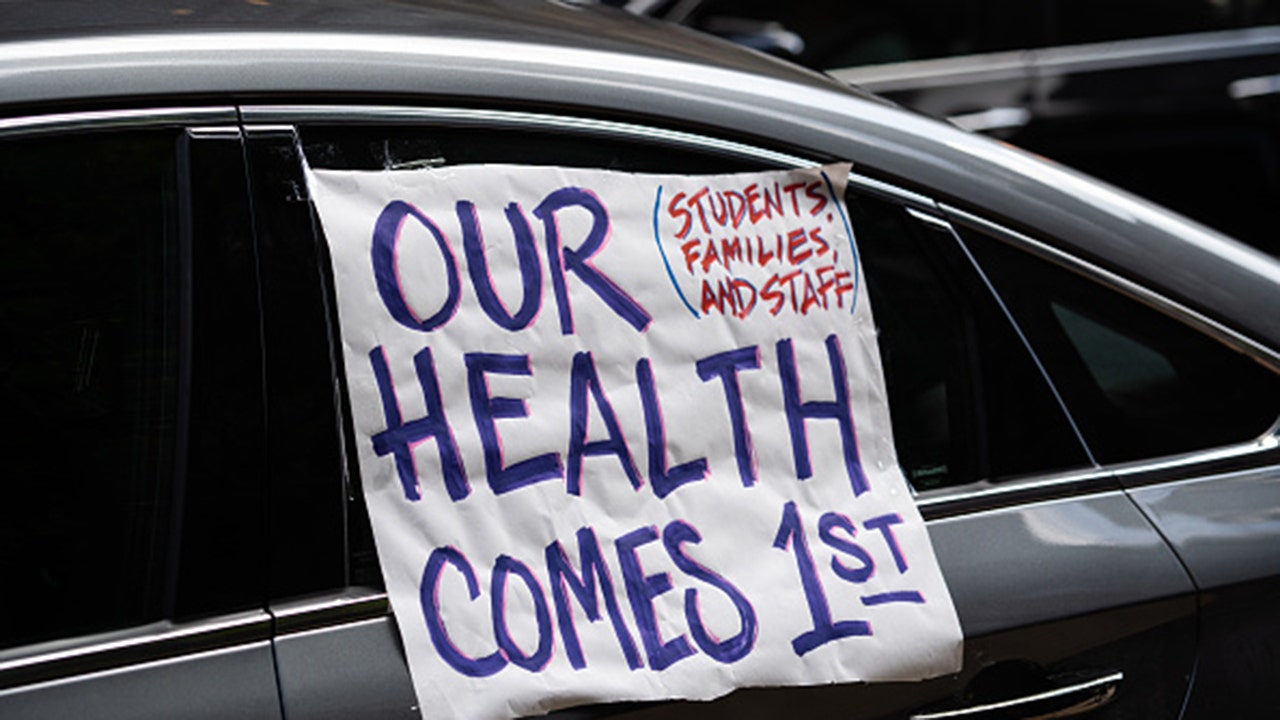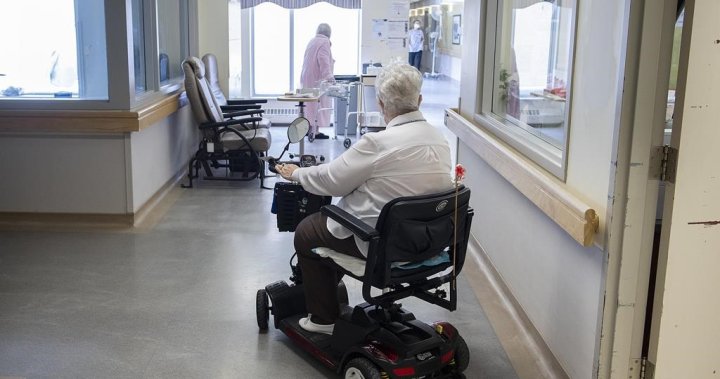In Love and War – “Women Are From Venus”
“A great photograph is something you feel, in its compassion, its light and color, its aesthetic. I don’t take pictures with my eyes, I take pictures with my body.” Anonymous
Award winning author Elizabeth Becker recently wrote a story for the New York Times about women journalists, “The Women Who Covered Vietnam.” Though women journalists, nurses, spies and other assorted professionals have been around as long as men, with few exceptions women remain invisible.
More Hidden Figures – The Invisibles
Most of us are familiar with Florence Nightingale, the British nurse considered “the founder of modern nursing practice.” In our early school years we learned about The Lady With the Lamp and her work in a British military hospital under the worst of sanitary conditions during the Crimean War. In fact Miss Nightingale is more universally known than the thousands of American triage nurses who saved the lives of severely wounded GIs in the Vietnam War-while losing eight of their own.
Among other well-kept secrets of America’s misbegotten engagement in Vietnam are the many women foreign service officers like me, and civilian aid workers who lived and worked under mortar and rocket attacks, and witnessed up close the horrors of the Tet Offensive. Some of these women were physically injured and emotionally scarred. Yet there are virtually no records of their sacrifices. There are no records of American women (not to mention the thousands of Vietnamese) who suffered the cancerous effects of prolonged exposure to the herbicide chemical, Agent Orange. Nor do we know how many still suffer from post traumatic stress disorder for which there is treatment but no cure.
The Women Revolt – Crimes And Misdemeanors
From the Revolutionary War, the Civil War, World War I, World War II, Korea and Vietnam, to the world-wide conflicts of the 21st century, women continue to work in the media and photojournalism, in the military, in government, the medical field and aid organizations. As you read this, women are actively engaged in war zones and other dangerous and unhealthful places throughout the world. Yet, in the work place, women continue to get paid less for the same job.
Back in the 1990s, when John Gray wrote, “Men are from Mars. Women are from Venus,” he provided a practical and proven way for men and women to communicate better by understanding and respecting the differences between them. Where unwanted sex is concerned, however, neither Dr. Gray nor anyone else ever questioned whether men’s power over women is learned (from family and friends) or inherent in their DNA. Maybe it’s a little of both. Yet there are many men in positions of power who do not act on it. Despite the fact that sexual assault is a crime, there are many women who have been molested, or know of others who have, yet remain mute to keep their jobs or fit in with the group. Today many women are finally speaking out. Remaining silent only encourages and lends credence to this repugnant and unlawful behavior.
I Am The Camera
I often ask myself why the work of female photojournalists often looks and feels distinct from those of their male peers. There are many suppositions, but no one can really explain it. My theory is women’s photos are not better, they’re simply different. (1) Women photojournalists tend to have greater access to other women in countries where they are kept hidden from view. (2) Women are instinctively attuned to family and the plight of children. Catherine Leroy’s photo of a soldier cradling a Vietnamese child; the poignant impact of a GI hovering over his dying buddy, are examples of what attracts the “I” of a woman’s camera.
“If your photographs aren’t good enough, you aren’t close enough” are the historic words of one of the 20th century’s greatest war photographers, Robert Capa. Yet many consider Catherine Leroy the most daring of all Vietnam War photographers for whom “close enough” was never close enough.
Martha Gellhorn was a professional journalist in her own right, but she is more often remembered as Ernest Hemingway’s third wife than the superb author and fearless war correspondent she was. With the notable exception of Gellhorn, the majority of women war correspondents and photojournalists are unknown or long forgotten. Some were killed in the conflicts they covered. Lynsey Adarrio worked in every major theatre of war in the 21st century. She is the author of “It’s What I Do: A Photographer’s Life of Love and War.” Here are some other notable women photojournalists and war correspondents:
Dickey Chapelle, Vietnam War (KIA)
Catherine Leroy, Vietnam War
Martha Gellhorn, Spanish Civil War, WWII
Lee Miller, WWII
Margaret Bourke White, WWII; Korean War
Camille Lepage, Central African Republic (KIA)
Alison Baskerville, Afghanistan
Andreja Restek, Syria
Shelly Kittleson, Syria
Anja Niedringhaus, Afghanistan (KIA)
Arwa Damon, CNN, Middle East
Clarissa Ward, CNN, Middle East
“Our industry has invested so much money in technology that perhaps it’s time to invest in talent, in people.”-Christian Amanpour, Chief International Correspondent CNN




